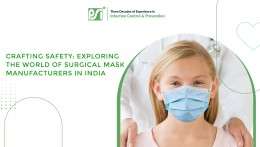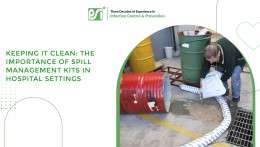One of the best Surgical Disposables company. I am dealing with them for the past 5 years,
their products are world-class. Their approach to trade is professional. All the best wishes to
them.
Safeguarding Healthcare Spaces: A Guide to Hospital Spill Prevention and Management
- By: Plasti Surge Industries

In the realm of healthcare, maintaining a safe and pristine environment is paramount, and the significance of this responsibility is underscored when considering the potential risks associated with spills in hospitals. The critical importance of spill prevention cannot be overstated, as these incidents can pose immediate threats to patient safety, staff well-being, and overall healthcare operations. The need for proactive prevention measures, such as the strategic placement and ready availability of spill kits, becomes evident to address and mitigate these risks effectively.
Spill kits play a pivotal role in hospitals by providing quick and efficient solutions for containment and cleanup. They serve as indispensable tools in the healthcare arsenal, ensuring that spills, regardless of their nature, can be swiftly and appropriately managed. By emphasizing the importance of spill kits in hospitals, we underscore a commitment to a safe and responsive healthcare environment, where preparedness is a key component of delivering quality patient care. Through proactive prevention, healthcare facilities can fortify their defenses against potential spills, creating a foundation for a safer and healthier healing space.
Understanding Spill Management Protocols
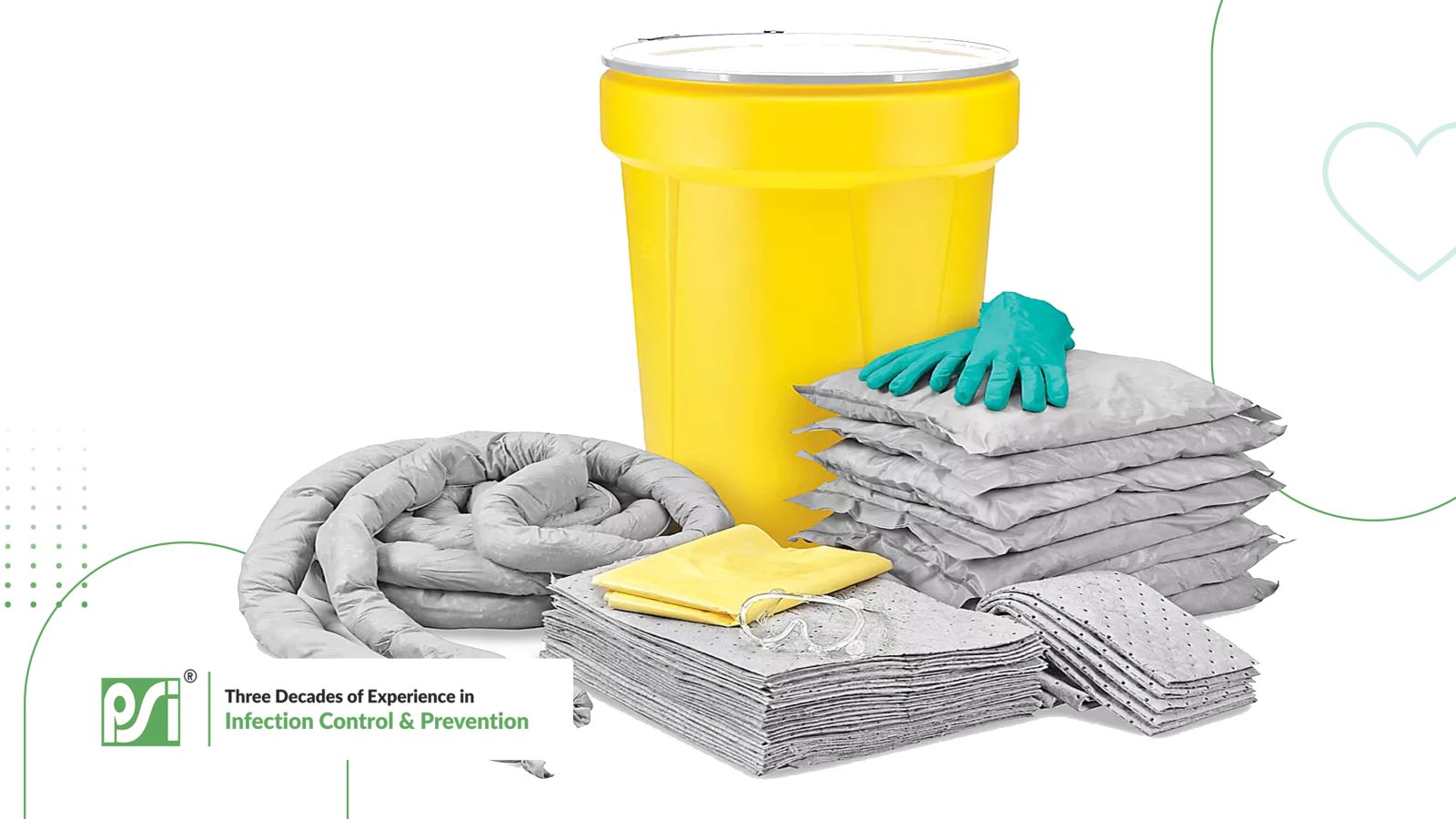 In healthcare settings, maintaining a safe and clean environment is paramount, and addressing spills promptly is a crucial aspect of ensuring patient and staff well-being. This involves not only understanding the importance of hospital spill prevention techniques but also delving into the established protocols for responding to such incidents.
In healthcare settings, maintaining a safe and clean environment is paramount, and addressing spills promptly is a crucial aspect of ensuring patient and staff well-being. This involves not only understanding the importance of hospital spill prevention techniques but also delving into the established protocols for responding to such incidents.
Healthcare professionals play a pivotal role in implementing efficient spill management procedures. Their familiarity with the specific risks associated with various substances used in medical settings enables them to respond swiftly and appropriately. From hazardous chemicals to biohazardous materials, healthcare staff must be well-versed in the procedures and safety measures to mitigate the impact of spills effectively.
In this domain, hospital spill prevention techniques encompass a spectrum of measures, including the strategic placement of spill kits, staff training programs, and clear communication protocols. Understanding and adhering to these techniques are integral parts of creating a healthcare environment that prioritizes safety and minimizes the potential consequences of spills.
As we delve into the nuances of hospital spill prevention, it becomes evident that a proactive approach, coupled with well-defined strategies, is essential for safeguarding healthcare spaces. Through continued education, training, and the diligent implementation of established protocols, healthcare facilities can fortify their defenses against spills, contributing to a safer and more secure healthcare environment.
Key Elements of Spill Prevention Plans
Effective spill prevention plans in healthcare settings demand a comprehensive approach that encompasses key components essential for maintaining a safe environment. Paramount among these components is staff training, ensuring that healthcare professionals are well-versed in spill prevention measures, response protocols, and the proper utilization of spill management equipment.
Proper equipment is a linchpin in the effectiveness of spill prevention plans. This includes strategically placed spill kits equipped with the necessary materials for a rapid and efficient response. Regular assessments of these kits and overall spill prevention strategies are imperative, allowing healthcare facilities to identify areas for improvement, update protocols, and ensure that equipment is up to standard.
Addressing the importance of staff training, proper equipment, and regular assessments underscores the commitment to maintaining a healthcare environment resilient against spills. By continually refining spill prevention plans through education and evaluation, healthcare facilities can fortify their defenses, fostering a culture of safety and preparedness among staff members. This holistic approach contributes to the overall effectiveness of spill prevention in healthcare spaces.
Choosing the Right Spill Response Products
In the healthcare sector, effective spill prevention techniques are paramount to maintaining a safe and sterile environment. Exploring the variety of spill response products available equips healthcare facilities with the tools needed for swift and efficient intervention. These products play a crucial role in mitigating the potential risks associated with spills, ranging from biohazardous materials to liquids in laboratories or patient rooms.
When it comes to hospital spill prevention techniques, selecting the most suitable products is key. Factors such as the nature of spills and the specific healthcare setting influence these choices. For instance, spill kits with pre-packaged absorbents are invaluable for quick response, while liquid solidifiers provide a solution for transforming spills into manageable solids. Tailoring spill response products to the unique demands of healthcare environments ensures that staff can effectively manage spills, minimizing risks and maintaining a secure and hygienic atmosphere for both patients and healthcare professionals.
Case Studies on Successful Spill Prevention
In the scope of healthcare, real-world examples underscore the importance of implementing robust spill prevention measures. Facilities that prioritize the use of spill kits demonstrate a commitment to patient safety and the seamless operation of healthcare services. These kits, equipped with absorbents, barriers, and proper disposal materials, serve as a frontline defense against potential spills, ensuring a swift and effective response when incidents occur.
Healthcare facilities that showcase proactive spill prevention measures not only adhere to regulatory standards but also foster an environment that prioritizes patient safety and staff well-being. The positive impact of these measures extends beyond compliance, contributing to the overall efficiency of healthcare operations. By highlighting such real-world examples, the healthcare industry can encourage widespread adoption of spill prevention practices, ultimately creating safer and more resilient environments for both patients and healthcare professionals.
While specific details about spill prevention measures at healthcare facilities may not always be publicly disclosed, many leading healthcare institutions adhere to stringent safety protocols. Here are three globally renowned healthcare facilities known for their commitment to safety and operational excellence:
- Mayo Clinic (Rochester, Minnesota, USA):
Mayo Clinic, renowned for its patient-centered care, is committed to maintaining a safe and secure environment. The institution likely employs robust spill prevention measures to uphold its high standards of patient safety.
- Johns Hopkins Hospital (Baltimore, Maryland, USA):
As one of the leading academic medical centers globally, Johns Hopkins Hospital prioritizes patient safety and quality of care. It likely implements comprehensive spill prevention protocols to ensure a secure environment for patients and healthcare professionals.
- Singapore General Hospital (Singapore):
Singapore General Hospital, a major healthcare institution in Asia, places a strong emphasis on safety and quality. Given its reputation, it is plausible that the hospital has well-defined spill prevention measures in place to safeguard both patients and healthcare staff.
It's important to note that the specific details of spill prevention measures may vary, and the information available publicly might not provide a comprehensive view of each facility's safety practices.
Environmental Considerations in Spill Management
Implementing eco-friendly approaches to spill response in healthcare settings is crucial for minimizing environmental impact and promoting sustainable practices. Hospitals, in their commitment to patient care, should extend this responsibility to the broader well-being of the environment. When addressing spill prevention techniques, it's essential to consider strategies that not only ensure the safety of patients and staff but also align with eco-conscious principles.
Healthcare facilities can adopt the following eco-friendly approaches to spill response and cleanup:
- Biodegradable Absorbents:
Utilizing biodegradable absorbents for spills helps in containing and cleaning hazardous materials while minimizing the long-term environmental footprint. These materials break down naturally, reducing the impact on ecosystems.
- Reusable Spill Kits:
Implementing spill kits with reusable components can significantly decrease waste generation. Hospitals can invest in durable, washable materials for cleanup tools, promoting sustainability in spill response practices.
- Environmentally Friendly Disposal:
Proper disposal of spill cleanup materials is crucial. Healthcare facilities should adhere to environmentally friendly disposal methods, ensuring that waste is managed in a way that minimizes harm to the ecosystem.
By incorporating these eco-friendly measures into spill prevention techniques, healthcare institutions can uphold their commitment to environmental stewardship while maintaining a safe and secure healthcare environment.
Training Healthcare Staff for Spill Preparedness
Regular training sessions for healthcare staff are paramount in establishing a culture of spill preparedness within medical facilities. The importance of spill kits in hospitals goes beyond the physical containment of spills; it extends to the knowledge and preparedness of the healthcare professionals responsible for managing these incidents.
Significance of Regular Training:
To ensure effective spill response, healthcare staff must undergo regular training sessions. These sessions should cover the proper use of spill kits, identification of hazardous materials, and adherence to safety protocols. Continuous training keeps healthcare professionals informed about the latest spill response techniques and reinforces their ability to handle emergencies confidently.
Creating a Culture of Spill Preparedness:
- Regular Drills and Simulations:
Conducting periodic drills and simulations allows healthcare staff to practice their spill response skills in a controlled environment. This hands-on experience enhances their ability to react swiftly and efficiently during real-life incidents.
- Clear Communication Channels:
Establishing clear communication channels is crucial for disseminating spill response protocols. Staff should be aware of designated contacts, reporting procedures, and the location of spill kits. Open communication fosters a culture of transparency and readiness.
- Recognition and Recognition:
Recognize and reward staff members who demonstrate exceptional spill response practices. Positive reinforcement encourages a proactive approach to spill preparedness, motivating others to prioritize safety.
By emphasizing the importance of spill kits and conducting regular training sessions, healthcare facilities can cultivate a culture of spill preparedness, ensuring the safety of both patients and staff in the face of unexpected incidents.
Regulatory Compliance in Spill Prevention
|
REGULATORY GUIDELINE/STANDARD |
DESCRIPTION |
|
OSHA Hazard Communication Standard |
Requires employers to inform and train employees on hazardous chemicals, including spill response. |
|
EPA Resource Conservation and Recovery Act (RCRA) |
Governs the management and disposal of hazardous waste, including spill prevention measures. |
|
Joint Commission Standards for Healthcare |
Includes guidelines for emergency management, which encompasses spill response planning. |
|
CDC Guidelines for Environmental Infection Control in Health-Care Facilities |
Provides recommendations for managing spills of blood and other body fluids. |
These regulatory guidelines and standards play a crucial role in shaping the spill prevention strategies implemented by healthcare facilities. Compliance with these standards ensures that healthcare spaces adhere to the highest safety and environmental protection measures, safeguarding both the well-being of patients and the integrity of the healthcare environment.
In healthcare, compliance with spill management standards is paramount to upholding the highest standards of patient care and safety. Adhering to effective spill management practices, as outlined by regulatory bodies such as OSHA, EPA, Joint Commission, and CDC, ensures that healthcare facilities are well-prepared to respond promptly and safely to potential spills. This commitment not only protects patients from potential hazards but also contributes to the overall integrity of the healthcare environment. By prioritizing compliance, healthcare facilities demonstrate a dedication to maintaining a safe and secure space for patients and healthcare professionals alike.
Innovations in Healthcare Spill Prevention
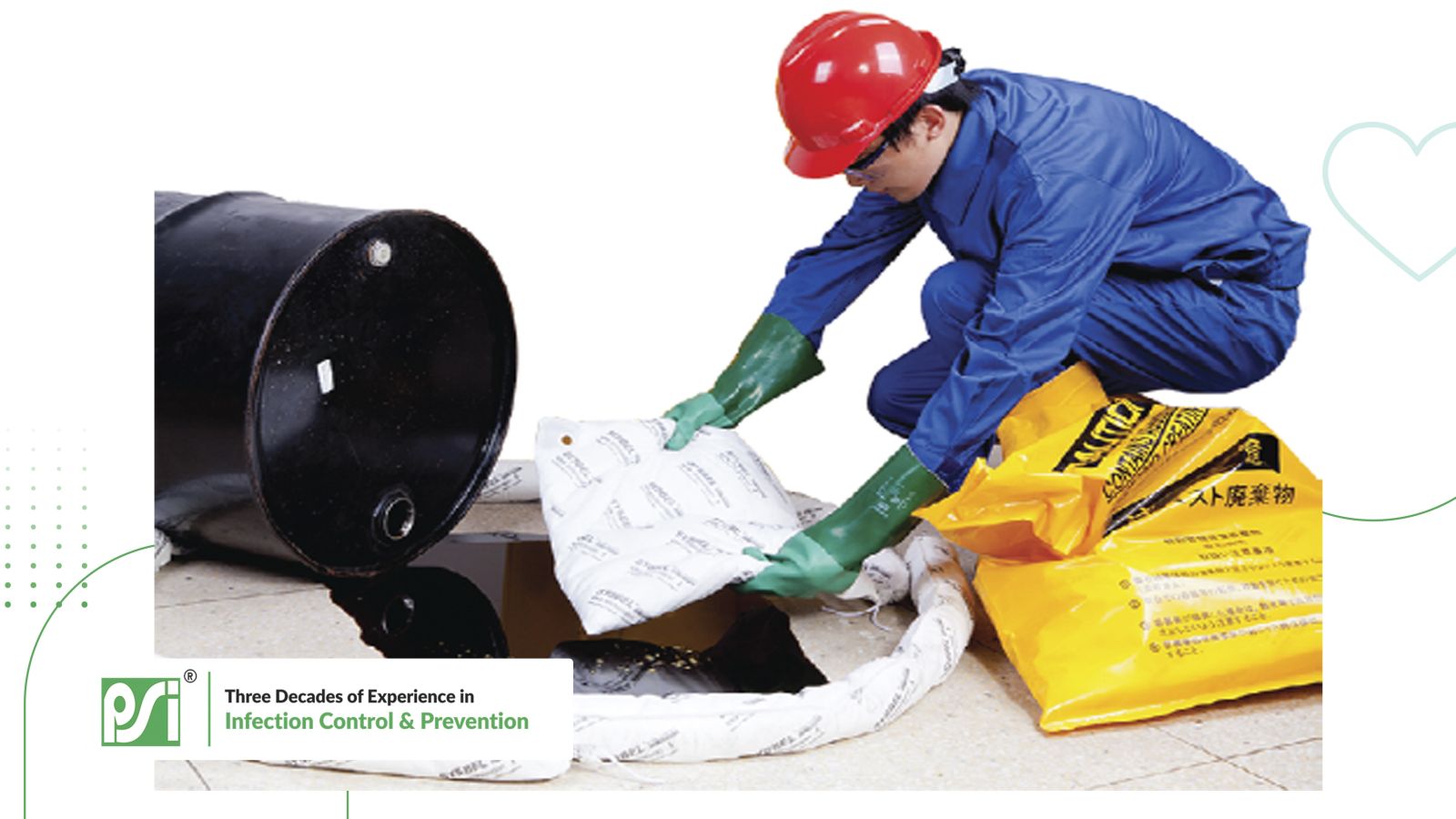 In modern healthcare settings, technological advancements play a pivotal role in revolutionizing spill prevention and response strategies. The integration of cutting-edge technologies not only enhances the efficiency of spill management but also contributes to the overall safety and well-being of patients and healthcare professionals.
In modern healthcare settings, technological advancements play a pivotal role in revolutionizing spill prevention and response strategies. The integration of cutting-edge technologies not only enhances the efficiency of spill management but also contributes to the overall safety and well-being of patients and healthcare professionals.
One notable innovation is the development of smart spill detection systems that utilize sensors and artificial intelligence to promptly identify and alert staff about potential spills. These systems offer real-time monitoring, allowing for swift response and mitigation measures. Additionally, automated spill response robots equipped with cleaning capabilities are being introduced to autonomously address spills, minimizing the need for immediate human intervention.
Furthermore, the use of advanced materials in spill kits, such as super-absorbent polymers and nanotechnology-based absorbents, ensures more effective containment and cleanup. These materials not only enhance absorbency but also contribute to environmentally friendly spill response practices.
The implementation of technology-driven training programs, including virtual reality simulations and e-learning modules, empowers healthcare staff to acquire and practice spill response skills in a simulated environment. This proactive approach ensures that healthcare professionals are well-prepared to handle spills effectively, contributing to a safer and more resilient healthcare ecosystem. As technology continues to advance, healthcare facilities can leverage these innovations to fortify their spill prevention measures and uphold the highest standards of safety and care.
Conclusion: Creating Safer Healthcare Environments
In conclusion, effective hospital spill prevention is essential for maintaining a safe and hygienic healthcare environment. Prioritizing proactive measures, such as advanced spill detection systems, automated response technologies, and innovative spill kits, significantly contributes to the overall safety and well-being of patients and healthcare professionals. Adhering to regulatory guidelines and investing in technology-driven training programs ensures that healthcare staff is well-prepared to handle spills with efficiency.
For comprehensive spill management solutions and high-quality spill response products, visit PSIDispo at https://www.psidispo.com/. Take the proactive step towards a cleaner and safer healthcare facility. Your commitment to effective spill prevention measures not only upholds regulatory standards but also reflects your dedication to providing the highest quality of care. Choose PSIDispo for reliable solutions in spill management.
Enhance your healthcare facility's safety standards! Explore our spill prevention products at PSIDispo for a cleaner and safer environment. Explore our range of spill prevention products and elevate the safety standards of your healthcare facility. Visit PSIDispo now!
One of the best companies to partner with. Very responsive and best product quality.
Good experience and corporation for many years. Timely services are provided.
We have been associated with PSI since more than 20 years now. They have superior products, prompt service & courteous people. Using PSI’s products in turn makes our customer happy and helps us to do more business. Overall truly delighted with their customer service.

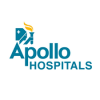


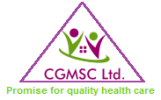
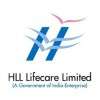
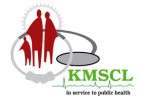



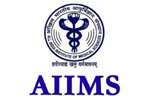


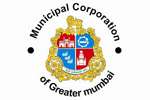
_iCEz.jpeg)
 +91-7798800781
+91-7798800781
4cwu.jpg)
